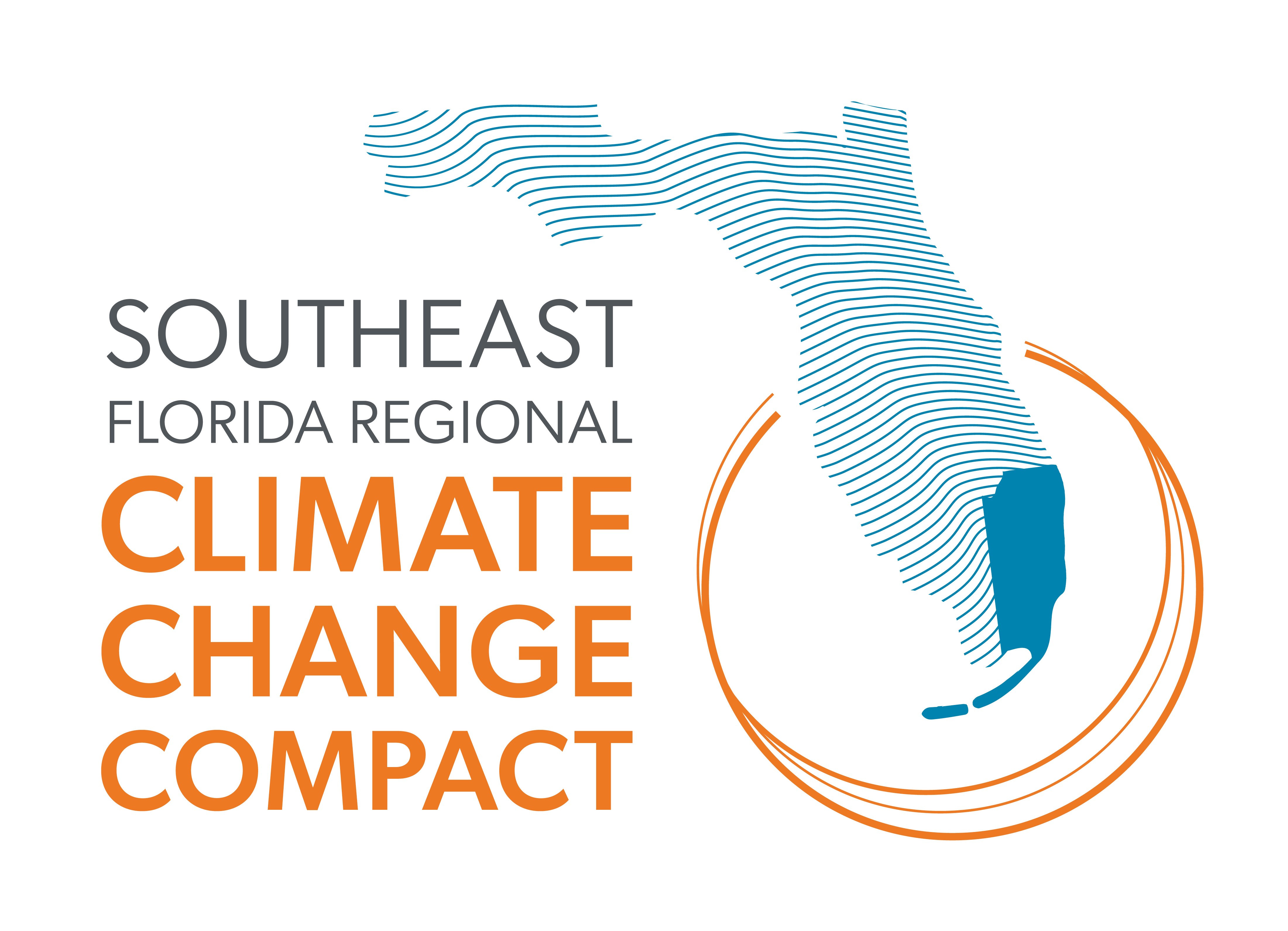Foster scientific research for water resource management.
STRATEGIES
WS-3.1 Foster and support collaborative scientific research and investigative work through academic institutions to improve water resource management. To advance collaboration, such efforts should leverage regional and local work products, including vulnerability assessments and relevant plans. Scientific research needs may include, but are not limited to:
- Downscaling global climate models to represent precipitation and temperature patterns at the regional and local scale, and developing standardized precipitation scenarios for the region.
- Identifying and targeting gaps in monitoring and data availability (e.g., light detection and ranging (LIDAR), environmental and water quality data, or data supporting regional climate indicators) to improve the quantification of the hydrologic system and its response to climate change (e.g., evapotranspiration, surface and groundwater levels, water quality, precipitation and local sea level).
- Developing integrated risk-based, decision-support tools and processes for application in the analysis and selection of infrastructure design, water resource management, natural systems management, and hazard mitigation alternatives in response to climate change and increased flood risks. Tools should facilitate the evaluation of trade-offs and uncertainties, consider the economic costs of comparative planning scenarios, management decisions and infrastructure investments, and be designed to ensure equity.
IMPLEMENTERS: academic institutions, counties, SFWMD
STATE/FEDERAL PARTNERS: FDEP
WS-3.2 Build partnerships, technology exchanges and funding opportunities with public, private, academic, domestic and international partners to bring additional experience and innovation to resilience planning, projects and decision support.
IMPLEMENTERS: local governments, SFWMD, academic institutions, private sector
STATE/FEDERAL PARTNERS: FDEP, EPA
